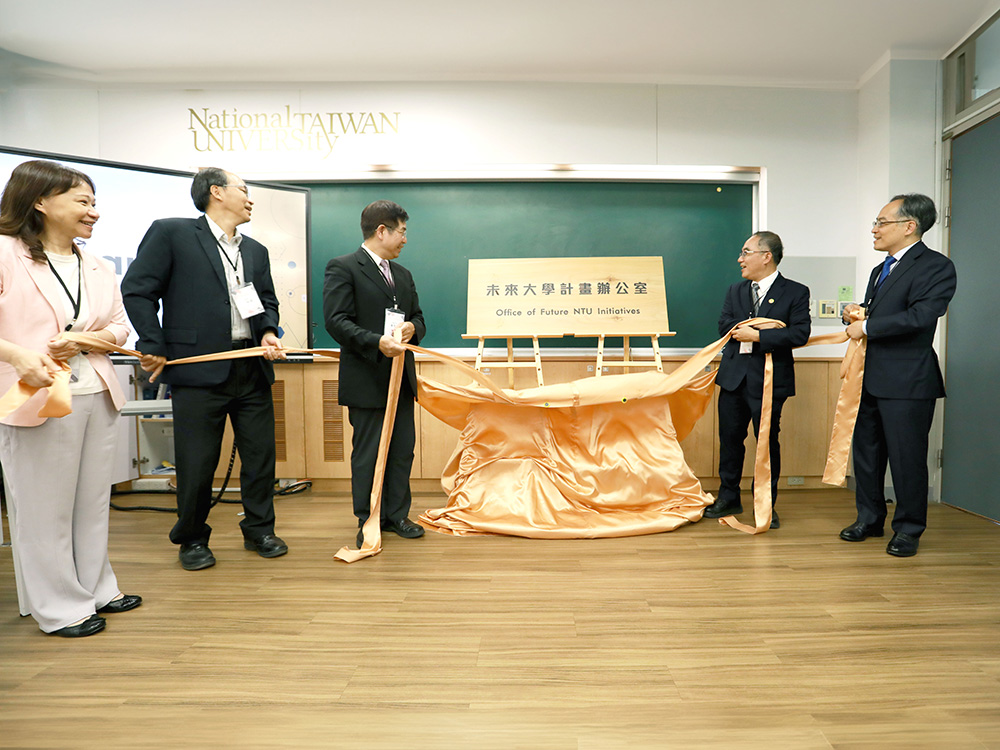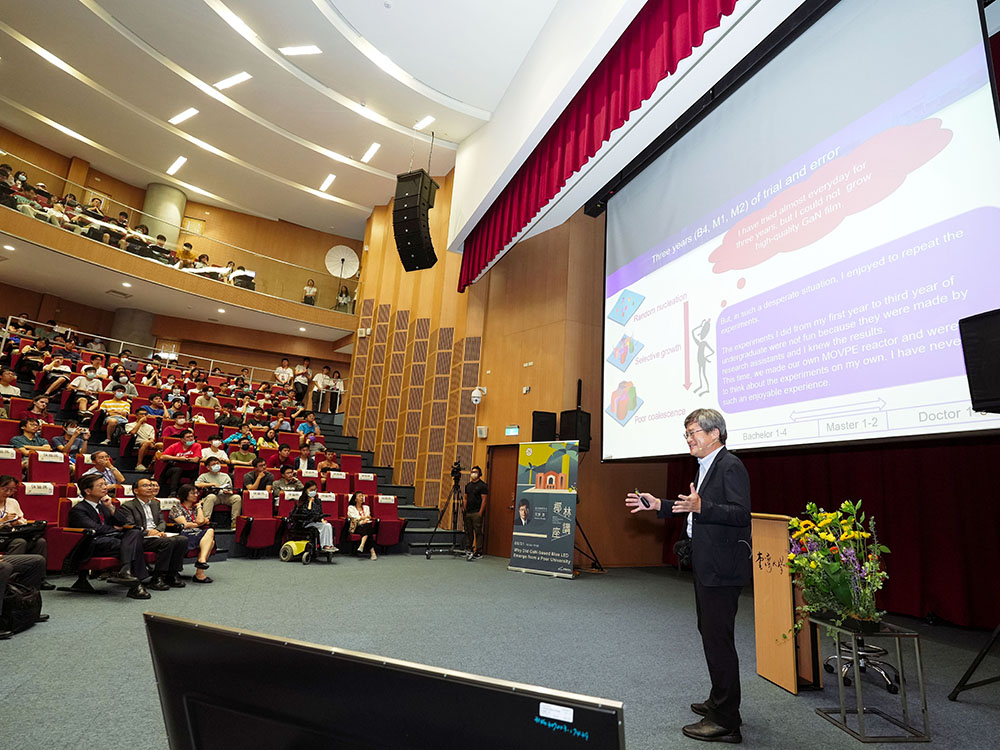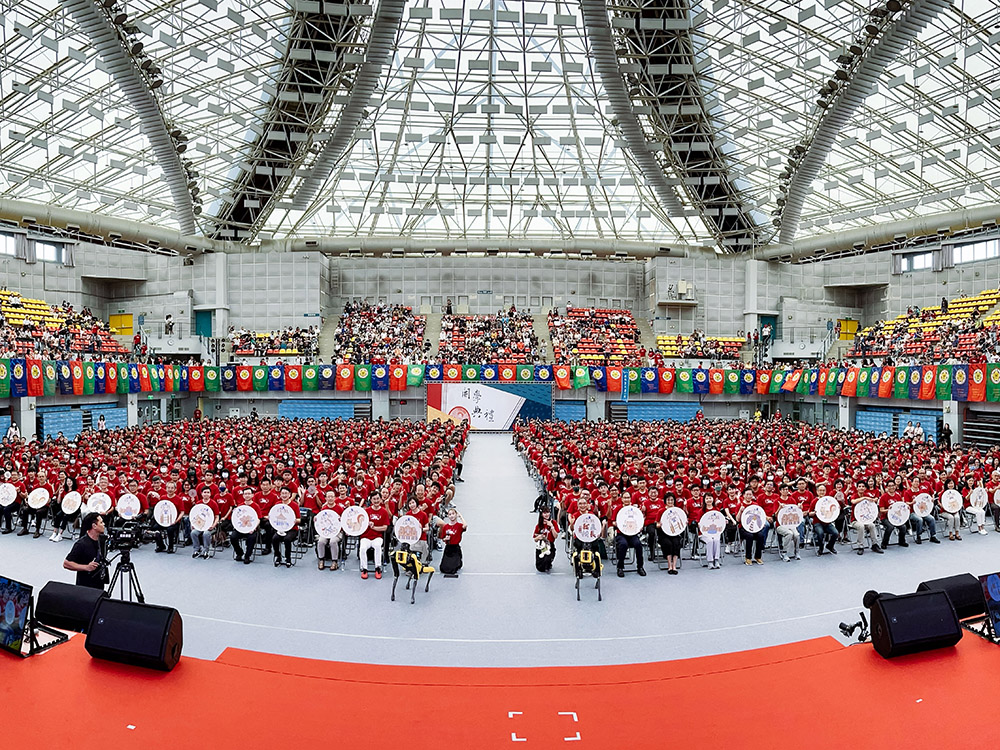
Inauguration of the Office of Future NTU Initiatives at National Taiwan University
瀏覽器版本過舊,或未開啟 javascript
請更新瀏覽器或啟用 javascript
Spotlights
NTU PhD student of atmospheric sciences Hsiao-Ching Huang’s collaborative study was published in Journal of Geophysical Research: Oceans last August, and selected as the journal’s cover image.
NTU PhD student of atmospheric sciences Hsiao-Ching Huang’s collaborative study was published in Journal of Geophysical Research: Oceans last August, and selected as the journal’s cover image.
The research findings by NTU PhD student of atmospheric sciences Hsiao-Ching Huang (黃筱晴) and a number of collaborators in an international team were published in volume 122, issue 8 (August, 2017) of American Geophysical Union’s Journal of Geophysical Research: Oceans, and selected as the issue’s cover image with the title of “A Tale of 2 Champion Cyclones: Haiyan and Patricia.” The other collaborators include Dr. Julien Boucharel and Prof. Fei-Fei Jin (金飛飛) from the University of Hawai’i, and Prof. I-I Lin (林依依) from the NTU Department of Atmospheric Sciences.
This study analyzed the air-sea enthalpy flux conditions during the intensification of Hurricane Patricia (2015, 185 knots, Eastern Pacific Ocean), and compared them with those of supertyphoon Haiyan (2013, 170 knots, Western Pacific Ocean). The study performed air-sea fluxes simulations for Hurricane Patricia to assess the hurricane’s air-sea enthalpy flux and intensification associated with different phases and types of El Niño Southern Oscillation (ENSO). These findings confirmed and complemented recent studies on the oceanic subsurface conditions for hurricane intensification in the Eastern Pacific Ocean.
The existing highest category describing tropical cyclone intensity is Category 5 (>135 knots) in the Saffir‐Simpson Tropical Cyclone Scale. However, the intensity of both the two “champion” tropical cyclones, Patricia and Haiyan, exceeded Category 5, indicating the urgency of creating a Category 6 for effective tropical cyclone forecast and disaster prevention (Lin et al., 2014). The study was also covered in the EOS Earth & Space Science News (Hornyak, 2017).
References:
1. Huang, H.-C., J. Boucharel, I-I Lin, F.-F. Jin, C.-C. Lien, and I.-F. Pun (2017), Air-Sea Fluxes for Hurricane Patricia (2015): Comparison with Supertyphoon Haiyan (2013) and under Different ENSO Conditions, Journal of Geophysical Research-Oceans: Special Section on Oceanic Responses and Feedbacks to Tropical Cyclones, 122, 6076-6089, doi: 10.1002/2017JC012741. [Selected as Journal of Geophysical Research Oceans volume 122 issue 8 cover image, doi:10.1002/jgrc.21931]
2. Hornyak, T. (2017), Probing the Power of Pacific Supertyphoons, EOS – Earth – Space Science News, 98, doi:10.1029/2017EO077563. [Citing Lin et al., BAMS, 2017; Huang et al., JGR, 2017]
3. Lin, I-I, M.-M. Lu, and M.-D. Cheng (2017), Taiwan in the Bullseye of Several Major Typhoons [in [State of the Climate in 2016"], Special Supplement to the Bulletin of the American Meteorological Society, 98, S124-S125, doi: 10.1175/2017BAMSStateoftheClimate.1.
4. Lin, I-I, I.-F. Pun, and C.-C. Lien (2014), “Category-6” Supertyphoon Haiyan in Global Warming Hiatus: Contribution from Subsurface Ocean Warming, Geophysical Research Letters, 41, 8547-8553, doi:10.1002/2014GL061281.

Inauguration of the Office of Future NTU Initiatives at National Taiwan University

Nobel Laureate Hiroshi Amano's Lecture Marks the Beginning of NTU Royal Palm Lecture Series

Opening Ceremony for the 112th Academic Year - Welcoming New Students to Become Part of the NTU Family

Vice President Shan-Chwen Chang was awarded the Third Class Order of Brilliant Star

Congratulations! Prof. Lou Pei-Jen receives 2023 National Excellent Teacher Award
Current Spotlights